
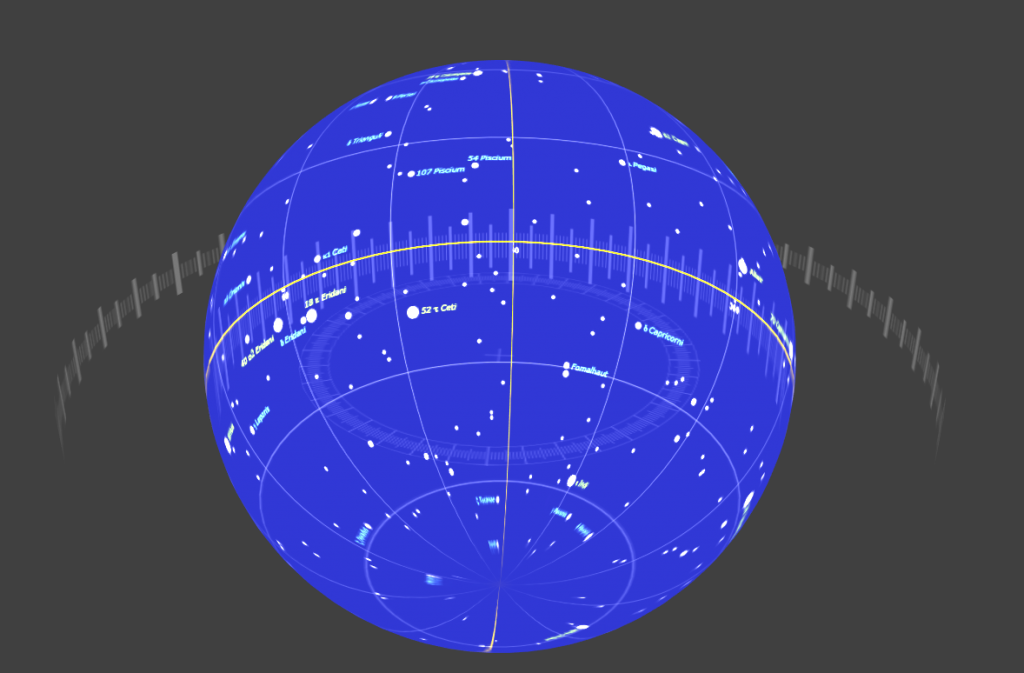
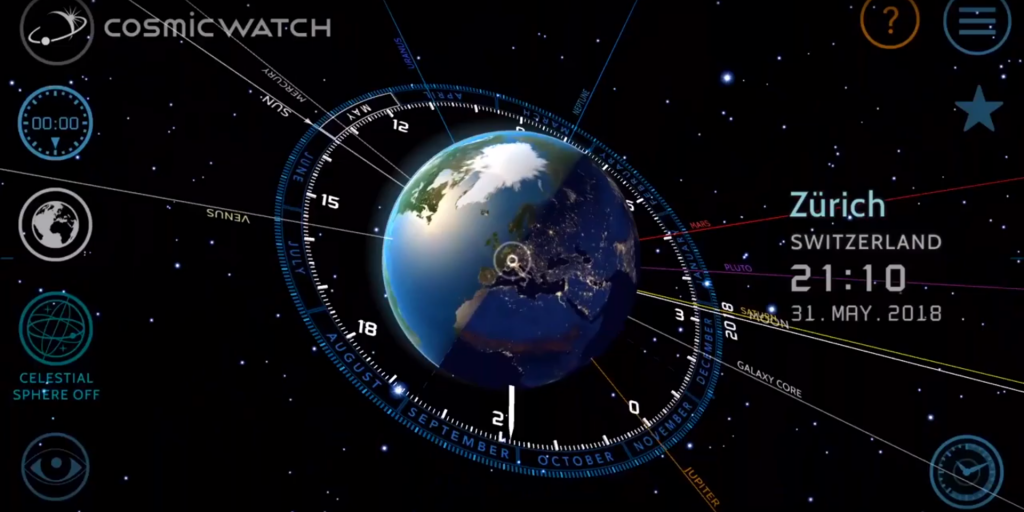
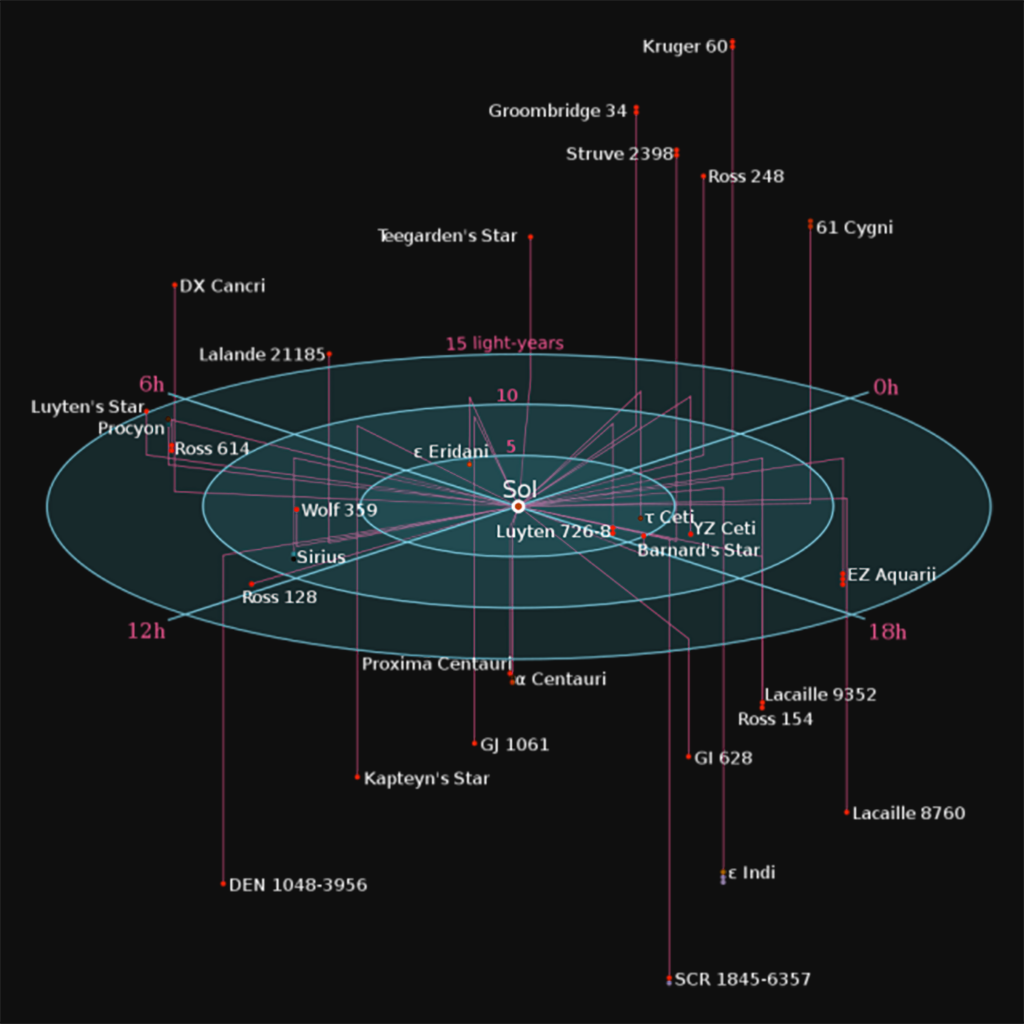
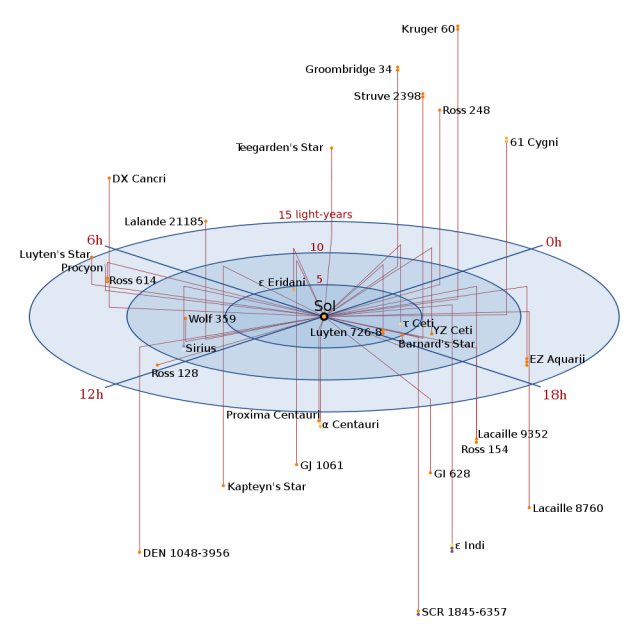
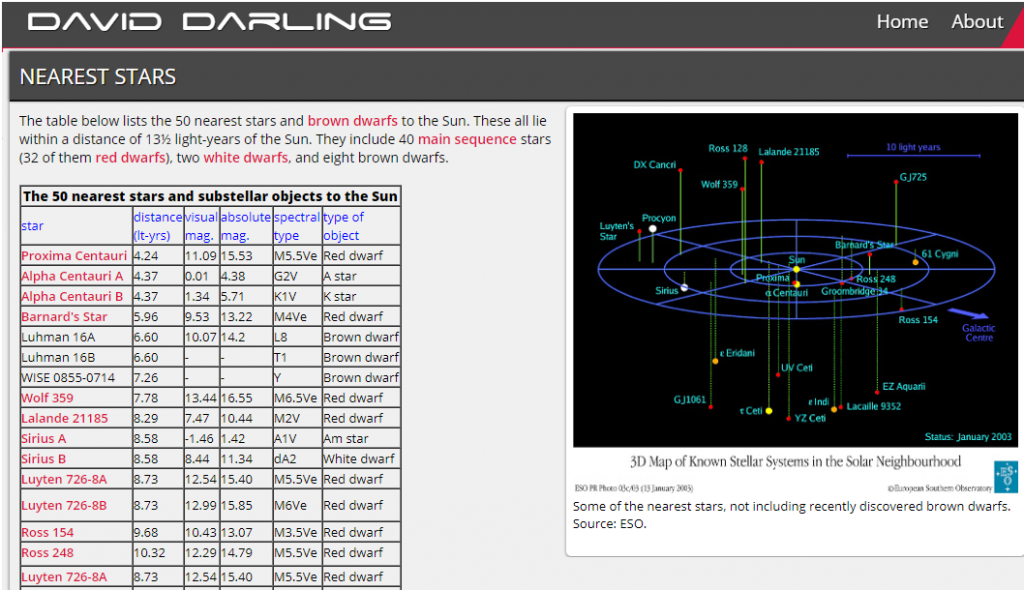





https://www.blendernation.com/2019/06/12/daily-blender-tip-284-array-with-object-offset/
http://sci.esa.int/hipparcos/ob-stars-interactive/
JIM 6/9/2019: Ideally from my perspective we would map:
Chimney Axis, Solar apex,
Gould Belt plane and rotation direction,
Local interstellar magnetic field direction, interstellar wind direction and velocity, solar system plane, local cloud axis, Arcturus position and velocity, Earth’s precession axis, heliospheric nose or tail direction, positions and velocities of Sirius Vega Altair.
Most of it comes straight from Don’s model, in that in a minimum energy configuration filament the current flow is in the magnetic field direction. What this means, is that there is no radiation from a charged particle spiraling around the magnetic field lines. That means no cyclotron radiation ( the low energy limit), or cyclotron radiation (the high energy limit)
This is the simple picture, and only so you @Eugene get it completely:
In that early idea of current filaments,where the magnetic field was wrapped around it by the right hand rule, there was no possible way that current flow ALONG a filament, could NOT cross the magnetic field lines. No current flow along a filament, in other words, that wouldn’t lead to either cyclotron or synchrotron radiation. In that Bessel function model only, we get that charge can flow along the filament, with no spiraling around the magnetic field lines, simply because the magnetic field has an axial component at almost every radius. This is the only way to explain the flow of charge in space, along any axis, without seeing ANY cyclotron or synchrotron radiation. Now, we do see cyclotron and synchrotron radiation, but only because not all charge can be in a minimum energy configuration on all scales.
And here, we get an understanding of superconductivity, on a smaller scale. Do you see this as the way out,on the small scale? Or why there is a temperature maximimum for superconductivity?
Better to change scales. Do you see that if the present solar system configuration is in fact a minimum energy configuration , then we can have planets spiraling along a filament, without crossing the magnetic field of that filament? In other words, we could look at our solar system as propagating along a Bessel function filament, without any losses. That is the superconducting state. But note here, that while planets can spiral around the sun, or up and down along the ecliptic axis, there is a maximum RMS velocity beyond which we can’t match to the solar system scale filament? If you want to look at it this way: planets might be in a minimum energy configuration in our solar system scale filament,but comets are not. They clearly radiate energy away from our solar system. In other words, our solar system is not behaving as a perfect superconductor.
But if we really had planets and the sun in a minimum energy configuration, where they spiraled along some filament, without radiating any energy away, this is the same behavior as we see for a superconducting medium?Jim, 12:18 PMO.K. Maybe suffices to say a minimum energy configuration filament is a dark mode filament, and a superconducting filament as well? Gives us answers to why we see galaxies strung on “dark matter filaments”, and yet “superconductors” on the smaller scale? Either way, strings of current flow, that don’t give themselves away by energy losses to the environment. (How’s that for oversimplification).
I know others would be interested in the radio loops and spurs,
David, then when you are not busy…..you can map…….LOL








https://www.djangoproject.com/
https://github.com/jayanam/fast-carve/tree/fast-carve-2-8





